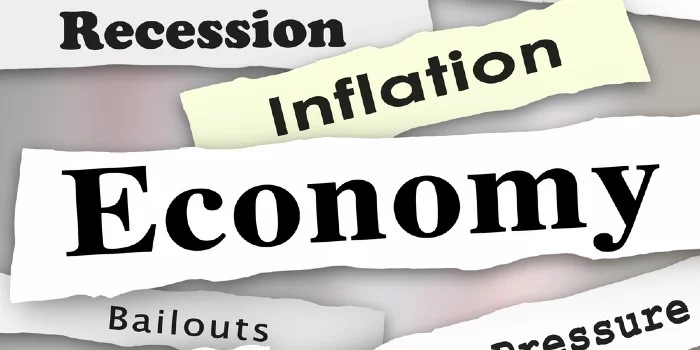Plans to roll out gigabit broadband to every home in the UK have been regarded as highly ambitious, but is the decision to reduce the target to 85pc the right call?
Chancellor Rishi Sunak announced last week, as part of a broader spending review, that the erstwhile plans for 100% coverage of gigabit broadband by 2025 have been reduced to a mere 85pc. Although the £5bn promised for the project remains unchanged, the funds will be released more slowly than planned previously, with only £1.2bn to be made available by 2024.
The question of achieving the Government’s gigabit broadband targets was addressed by many panels at this year’s Connected Britain conference, and they expressed a feeling of optimism, providing the regulations are adjusted to suit the operators as much as possible.
Organising the regulation is in itself a huge logistical challenge, requiring continuous dialogue between the operators and the regulator. Despite progress, however, the target reduction could signify that achieving the necessary regulatory balance is too great an ask.
Matt Howett, founder of research firm Assembly, agreed that the original target for 2025 was always ambitious, but nevertheless one that the industry thought it could deliver if given the optimal enabling regulatory environment.
A number of barriers remain, he said, although progress on that front has been made. But to backtrack from the original target with four years yet to run suggests, perhaps, that the aim as conceived was unachievable.
In any case, it should be borne in mind estimates typically suggest that UK operators will reach around 70pc coverage by 2025, without government funding. Much of this progress will come from Virgin Media‘s continuing upgrades to its existing network to become gigabit-capable, a process which will reach circa 16m homes, accounting for around 60pc of the UK.
Reduction ‘major blow to rural communities’
Given the ambitious nature of the target and not forgetting the economic pressures of Covid-19, the reduction has not surprised those in the industry.
Entirely predictable, said Oliver Johnson, CEO of analyst firm Point Topic, pointing out that one recent forecast of theirs estimated only 87.6pc gigabit broadband coverage would be achieved by 2025. He thinks most industry experts were sceptical of the 100pc target given the funding on offer and other issues.
Fixed fibre implementation, he explained, is considered to be challenging and expensive in certain areas of the UK, although he expects more from telecoms providers such as not-for-profit B4RN. There’s also growing demand for gigabit broadband in rural communities, where there’s scope for 5G and wireless solutions.
Overall, though, he feels this is another blow for the UK.
A view echoed by Dan Howdle, consumer telecoms analyst at UK comparison site www.cable.co.uk, who said it would pose a real problem for rural communities, as many homes in the UK are in remote, hard to reach or economically unviable locations.
Although if 85pc coverage were to be achieved, it is highly likely that the remaining 15pc will be the same percentage that already have the poorest connectivity. It’s certainly not good news for those homes and businesses struggling to obtain workable broadband speeds, he added.
Steve Leighton, CEO of Voneus, views the reversal as a ‘major blow to rural communities that are all too often starved of decent broadband’.
He believes the focus on overall coverage is a red herring and the Government should instead support the areas that cannot achieve even basic connectivity for activities such as online banking, especially when the internet has proved so vital during the pandemic.
Focusing on these homes would go a long way to closing the broadband gap and should be the Government’s top telecoms priority, he said. If anything, the reduction in the target should put more pressure on Ofcom and increase the regulatory strain to ensure the most digitally-deprived can receive connectivity.
Over 98pc of consumers to be given gigabit options by 2030
Ultimately, the question is how long the final 15pc will have to wait for connectivity.
PM Boris Johnson has said he expects progress to continue in the second half of the decade, with a forecast of 98.4pc of consumers given fixed gigabit broadband options by 2030.
Greg Mesch, CEO of CityFibre, maintains that the best guarantee of delivering a new generation of digital infrastructure (DI) to every part of the UK as quickly as possible, is by driving competition in the DI market.
While his firm remains fully committed to their target of supplying full fibre to 8m premises by 2025, he is keen and ready to participate in ‘any competitive process by which the Goverment chooses to structure its rural subsidy’.






